The National Bank of Romania: Why did the inflation rate go up?
The central bank governor has been asked by the economic committee of the Senate to explain why the inflation rate and the interest rate have gone up over the past few months.

Daniela Budu, 30.03.2018, 13:27
The National Bank of Romania has no responsibility or authority in setting the level of administered prices or of drafting fiscal policies, other than starting a dialogue and finding solutions to keep economic balances in check, the central bank governor, Mugur Isărescu, has told the economic committee of the Senate. He has also explained that inflation has been contained over the past three years due to fiscal policy measures that have been taken to that end.
Mugur Isărescu: “We are targeting inflation, indeed, but we use indirect instruments to do that. We do not have the power to enter a market, a shop and just say: Why did you set this level of prices? We have no influence over administered prices, that is the prices set by the government. We also have no power over the fiscal policy, other than working together, holding talks, starting a dialogue and finding a mix which should keep things, economic balances in check”.
This year, the National Bank of Romania has increased the monetary policy interest rate twice, from 1.75% to 2.25%, precisely to prevent the inflation rate from going up and bring it back on a downward trend, the first such decisions in the past ten years or so. The annual inflation rate stood at 3.3% last year, against the backdrop of rising prices of food and non-food products, and the National Bank of Romania has revised upward, to 3.5 %, the inflation rate forecast for the end of the year. At international level, Governor Isărescu has explained that the countries in the region, that Romania is usually compared to, have never increased the key interest rate, because neither the inflation rate nor the local currencies have registered negative evolutions.
Mugur Isărescu: “The annual inflation rate is currently standing at 1.8% in the Czech Republic, as compared to a target of 2%, at 1.4% in Poland, as compared to a target of 2.5% and at 1.9% in Hungary, as compared to a target of 3%. Furthermore, in these countries there is a pressure exerted by the appreciation of the national currencies, unlike Romania, where there is a pressure exerted by the depreciation of the national currency, the leu, against the backdrop of a significant increase in the current account deficit.“
Mugur Isărescu has also drawn attention to the fact that the three aforementioned countries register current account surplus, whereas Romania reports a deficit of 3.4% of the GDP, the third highest in the EU and which tends to further go up. Therefore, the central bank governor believes that in a context marked by external economic evolutions, the National Bank of Romania has taken adequate measures, even if there are people saying it has acted too aggressively. There are also experts who say the monetary policy should have been even more restrictive. The central bank governor has also said that, just like the International Monetary Fund has warned, if the fiscal policy does not aid the monetary policy, further increases in the interest rates will be needed.






























